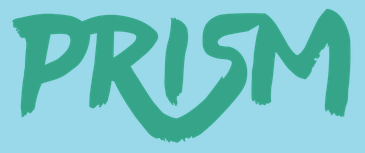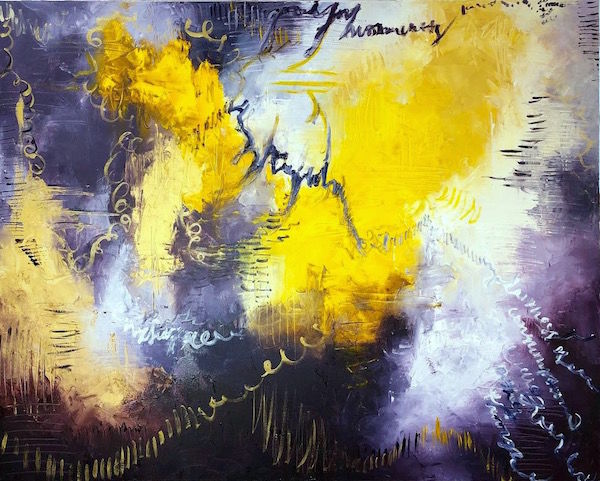The Complexity of Color in “Joker”
October 22, 2019
Controlled Chaos by McKenna Moore
Editor’s Note: This story contains spoilers for the 2019 film ‘Joker’ directed by Todd Phillips
“Joker” tells the tale of Arthur Fleck, a man afflicted in a Gotham that does not care about him. I could go on and on about the storyline: what I liked and didn’t like, what I thought should be changed and so on. But I want to talk about lighting. The first time I watched the movie, I thought, “Wow, the lighting in this scene is great,’ which then led to, “Why is the lighting great?”
After leaving the theater and getting back home, I figured it out: It was color. The color is what made that scene so great. I made the decision to go back a second time, and I can say that color is used in both subtle and obvious ways that caught my attention throughout the film.
Purple
A common question among me and my peers was, “Why is there no purple?” Joker’s iconic color combo was green and purple, so why no purple?
After thinking about this, and his new wardrobe, I came to this conclusion:
Purple reflects royalty, and Arthur is anything but royal.
He lives in a run-down apartment, has a chronic medical condition, is shunned by society, fired from his job, lives in exile and is now a murderer. Why would Arthur think of himself as royal when Gotham has left him feeling like a slave? His new look implies that the Joker is not royal – he never was, and never will be. He is simply the Joker.
The only time I noticed purple was right before Arthur went on stage for The Murray Show. This is the moment that Arthur finally achieves his lifelong dream of telling jokes on national television – but not for the right reason. The purple acts as a subversion of the image of royalty.
Blue and Yellow
Blue and yellow: The iconic colors of Joker’s arch nemesis, Batman. Blue and yellow are primary colors which, surprisingly, aren’t used very often together. Yes, there are pastel blues and yellows that go together, but bold yellows and vibrant blues (unless you’re Ikea, of course) are not usually used in advertising, publications and mainstream media outlets. Watching the film the second time, I was astonished to notice how many times these two colors meet. Here are a few of the times they are seen which I found most notable:
-
The boys who stole Arthur’s sign in the opening scene wore blue jackets and yellow shirts.
-
Gary, Arthur’s boss, has his room filled with blue and yellow.
-
When Arthur follows the lady he met in the elevator, he wore blue and yellow.
-
Backstage at the Joke Parlor, Arthur was surrounded by blue and yellow.
-
The insane asylum has yellow walls and the workers wear blue outfits.
-
Every person that Arthur killed wore blue– the three men on the train with blue jackets, his mother in a blue hospital gown, and Murray in his blue suit.
So what does this mean? Every time that Arthur was ashamed, humiliated, envious, or feeling any of several other negative emotions, Batman’s iconic color combo was lurking in the background. Blue and yellow tones literally haunt this movie.
But hey, what do you get when you mix blue and yellow?
Green
Unlike purple, green shows its face throughout the film. While green stands for power and luck, it also stands for jealousy, envy, and greed.
There are multiple ways that green is used throughout the movie, but I realize now that it often comes alongside death. Green lighting engulfs the screen when he dances in the bathroom after killing three men on the train. Green sunlight creeps into the hospital when he kills his mother. The man who pulls Joker out of the police car after the car crash wore green. And when Bruce’s parents were killed, the man who shot them wore green, with green hues emerging from the background.
Green is part of the Joker’s iconic color combo, but in this rendition of his look, it only shows up on his tie and his hair. While Arthur does have all the emotions that symbolically come along with green, something more relevant comes out of Joker’s outfit: green is exchanged for a more hateful, powerful red.
Red
Red isn’t used a lot throughout this movie. The real pivotal points that utilized red were the red lamps and lighting used in the joke parlor when Arthur couldn’t recite his joke because of his condition, and his new-and-improved red suit. But its limited use in no way undermines the color’s impact on the film.
Anger. Arthur is angry, and it shows. It builds slowly, as society gets the better of him time and time again. When the Joker wears his red suit, he is telling the world about his anger. Arthur is angry. Gotham is angry. The world is angry, and it’s time for someone to tell the elite about it.
“Joker” was a good movie: good enough for me to come back a second time. There are plenty of other scenes not related to color that really struck my eye. Every scene looks like it could’ve come out of a comic book. Arthur walks up the stairs, but the Joker walks down. On posters, Murray’s smile looks like the Joker’s smile. This movie was made with great care, from cinematography to lighting to acting, and aided by its use of color, it stands out from the rest.


